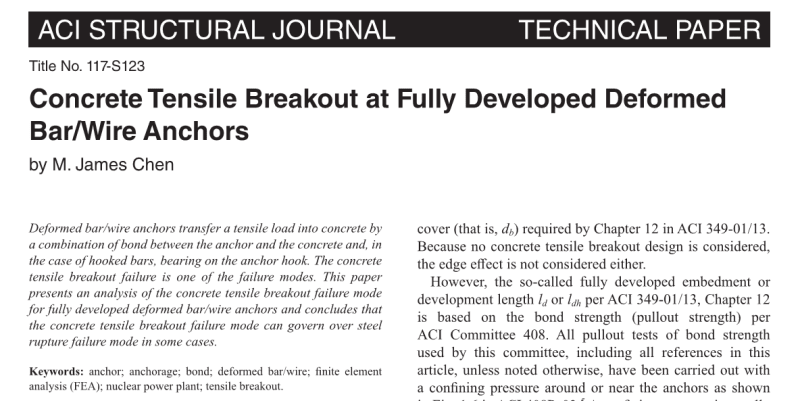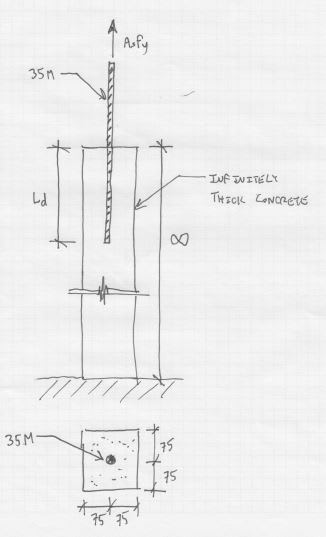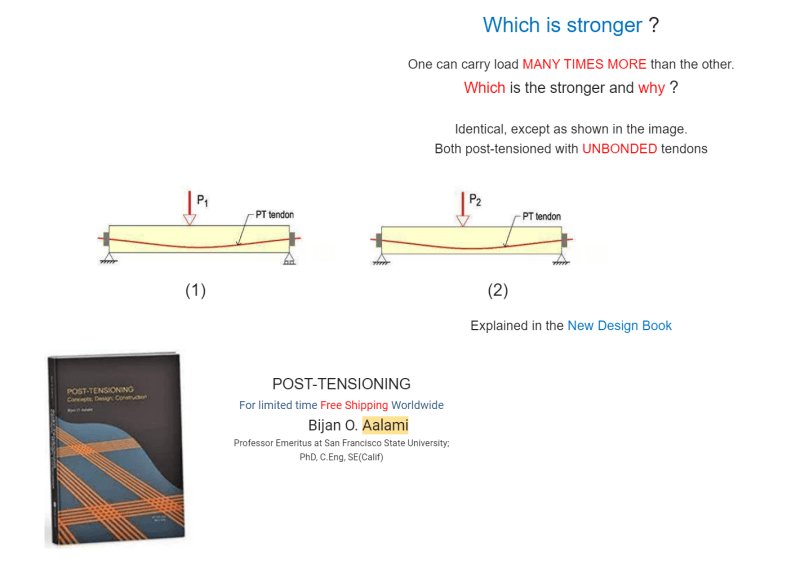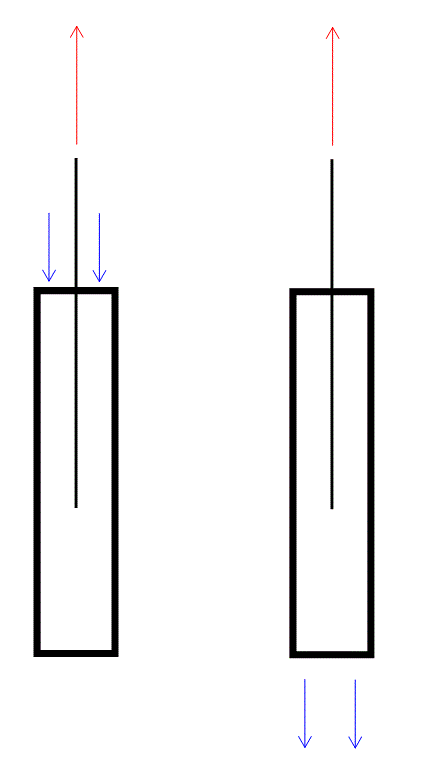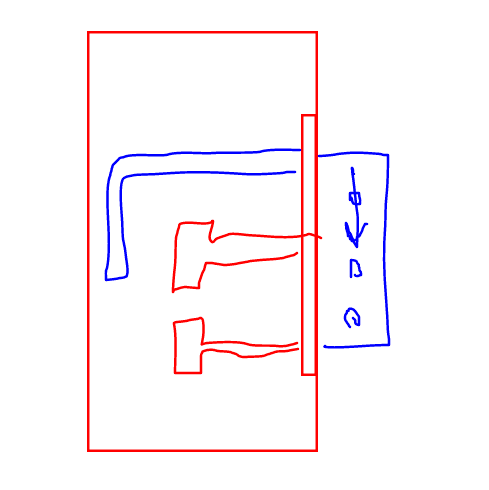-
1
- #1
As many on this forum know, there are a couple of previous threads that address the debate of anchorage vs development length for rebar that KootK has done a great job of spearheading. Here are a few of them:
thread507-401855
thread507-379988
What I didn't know is that ACI 318-19 now addresses this to a certain extent, I don't think this has been noted here before (I didn't find anything in a quick search) so I thought I would share.
thread507-401855
thread507-379988
What I didn't know is that ACI 318-19 now addresses this to a certain extent, I don't think this has been noted here before (I didn't find anything in a quick search) so I thought I would share.
ACI 318-19 said:17.1.6 Reinforcement used as part of an embedment
shall have development length established in accordance
with other parts of this Code. If reinforcement is used as
anchorage, concrete breakout failure shall be considered.
Alternatively, anchor reinforcement in accordance with
17.5.2.1 shall be provided.
R17.1.6 Concrete breakout strength in tension and shear
should be considered for reinforcing bars in a group used
as anchorage. Concrete breakout behavior can occur even
if reinforcement is fully developed in accordance with
Chapter 25. Breakout behavior of straight reinforcement as
a group is analogous to tension and shear breakout behavior
of adhesive anchors whereby hef is taken as equal to or less
than the embedded bar length. Similarly, breakout behavior
of hooked and headed reinforcement groups is similar to
tension and shear breakout behavior of headed anchors.
Consideration should be given to extending bars beyond the
development length.
As an alternative to explicit determination of the concrete
breakout strength of a group, anchor reinforcement provided
in accordance with 17.5.2.1 may be used, or the reinforcement
should be extended.

